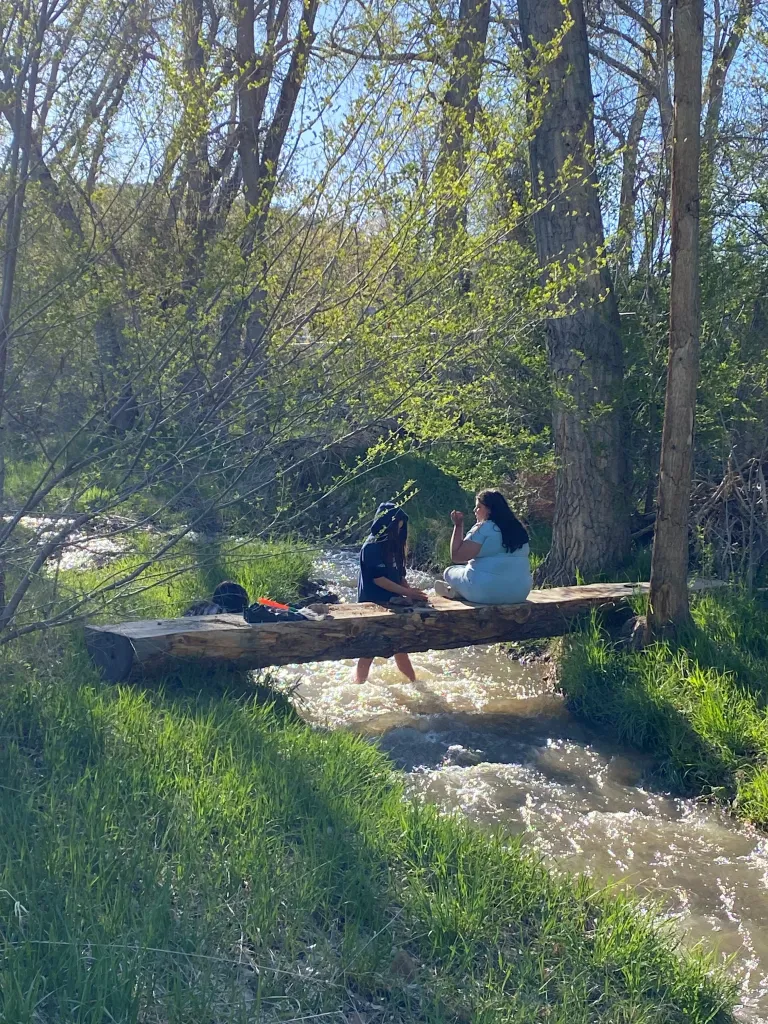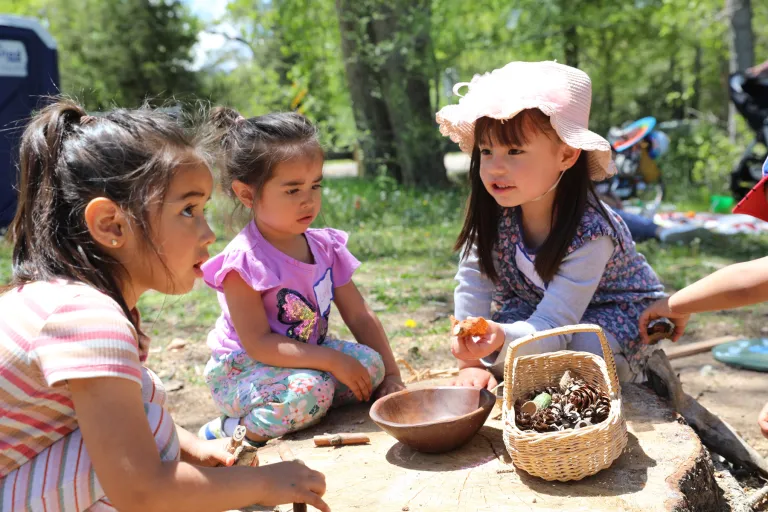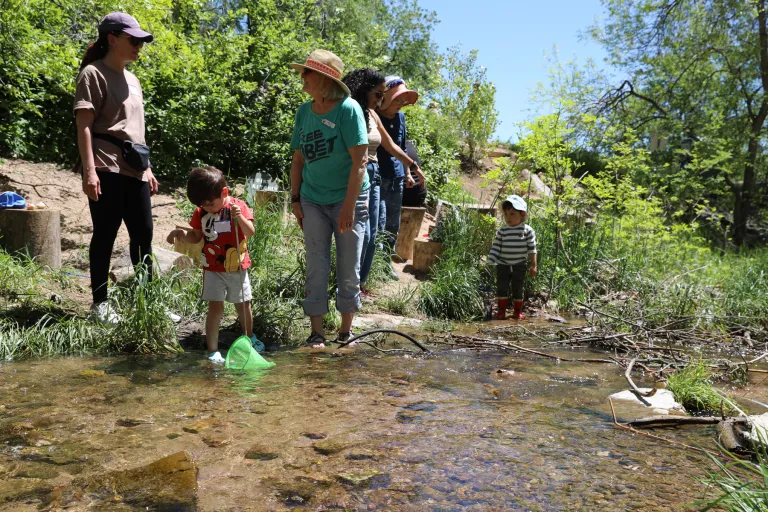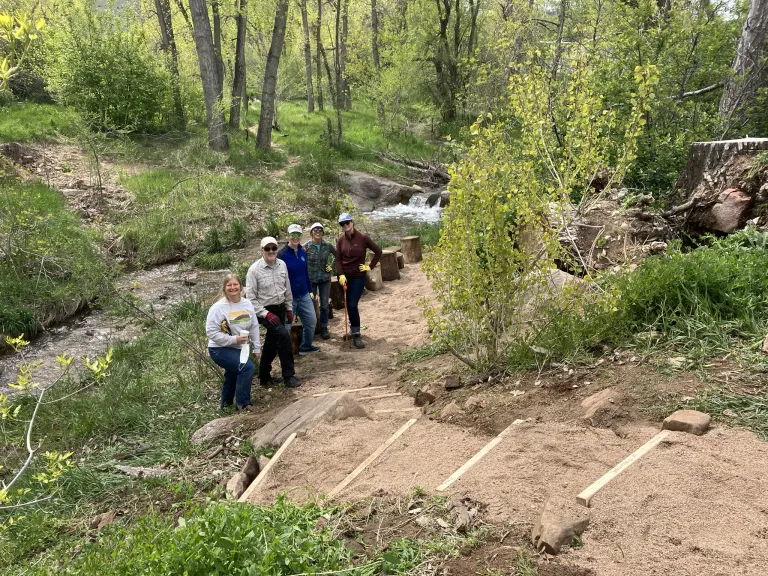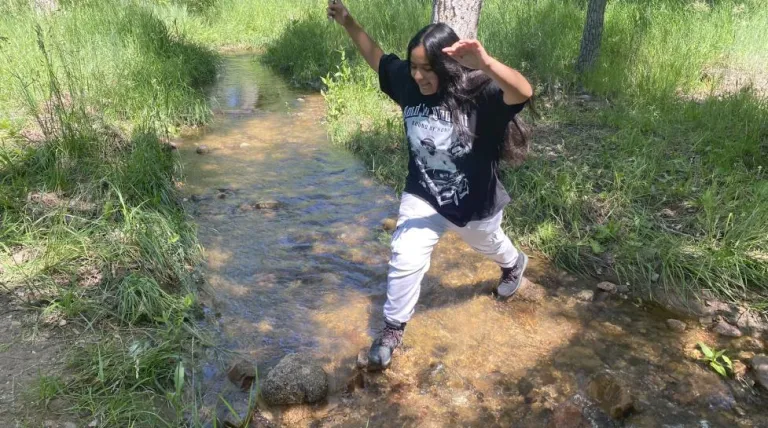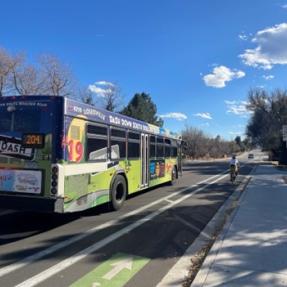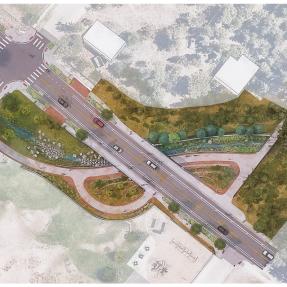Welcome to Primos Park
The park is officially named Primos Park! Thanks to community connectors and all the neighborhood kids who recommended this name and to the Parks and Recreation Advisory Board (PRAB) who voted for the name.
“Primos” means “cousins” in Spanish and reflects neighbors’ hopes of gathering with friends and family in the future park. The combination of the Spanish word “Primos” and the English word “Park” resonated with many community members’ bilingual experiences. Primos Park Video
A preliminary site plan for the park has emerged through community engagement over the last 2 years and will continue to evolve with community input and technical design permitting this year. Highlights of the preliminary plan include:
- Nature-based design to address flooding, increase biodiversity and support pollinator pathways and wildlife movement.
- Dispersed nature “play pods” throughout the site that advance gross-motor skills, fine-motor skills, creativity and social interaction among people with and without disabilities.
- An outdoor pavilion with an adjacent play plaza and food truck staging.
- A small-scale amphitheater for community gathering, outdoor learning and dramatic play.
- A small-scale “Neighborhood Base Camp” (gear library and a restroom) to support youth- and community-led programming.
Based on community feedback, we will be starting to address some barriers to accessing the park in the next few months. These quick “early actions” are funded in part by a grant from the Safe Routes Partnership.
Media
Project Overview
Para recibir más información en español, por favor llame al 303-413-7200 x9.
Located in a 9-acre site on Violet Avenue between Broadway and 19th Streets this location will become a neighborhood park that is unique, inviting, and accessible to all ages, cultures, and people with disabilities. It will be adjacent to the forthcoming North Boulder Branch Library and the city’s largest manufactured home community.
The park project had a working title of “Violet Park,” with the park’s final name informed and chosen via ideas from middle and high school students living in the Boulder Meadows neighborhood. The new park is now officially named Primos Park.
Parks and Recreation Department (BPR) staff are working closely with community connectors, local youth, and Growing Up Boulder to elevate ideas from traditionally marginalized communities for the future park.
Sign up below to receive future updates on park plans.
Project Timeline
BPR has hired a consultant team to lead the design and engineering process. Here is the general timeframe for the park:
- July - September 2023: Engagement window #1
- Fall/Winter 2023-24: Site assessment and preliminary design concepts
- March - April 2024: Engagement window #2
- Summer-Fall 2024: Schematic design and engagement window #3
- Late 2024 - Mid-2026: Final design + permitting
- Fall 2026: Groundbreaking
- 2027+: Full park activation
Frequently Asked Questions
Will the park project reduce flooding risk for my property or residence?
At this stage, we can't definitively say whether the park project will reduce flooding risk for individual properties. However, we are committed to ensuring it won't increase existing flooding issues. We are exploring various strategies, such as encouraging water to infiltrate (soak into the soil), to decrease flooding. It's essential to recognize that the park project is a very small section of a more extensive watershed, which limits our ability to provide comprehensive solutions.- Will the park feature heavily engineered structures like flood walls and concrete?
No, the park's design emphasizes a more nature-based approach rather than relying heavily on engineered structures. We aim to integrate natural elements and sustainable features that harmonize with the surrounding environment while effectively managing the flow of water though the park. Expect a park that celebrates nature and enhances community well-being through thoughtful design. Will park construction impact or damage homes or foundations?
We understand concerns about potential impacts on nearby properties during park construction. Rest assured, our team will take proactive measures to protect homes and foundations. Thorough assessments will be conducted, and appropriate protective measures will be implemented to safeguard surrounding structures throughout the construction process.- Will flood water continue to cross Violet Avenue after park improvements are completed?
Yes, because park improvements will happen before future downstream flood improvements are completed. Currently, there is not enough capacity downstream of the park to accept all the flow that arrives in the park. Therefore, until downstream improvements are completed, flood water will spill across Violet Avenue toward Wonderland Creek.
- What is the high hazard zone?
The high hazard zone is the area of a floodplain is typically where the greatest inundation of water will occur during a flood. Due to this, the greatest attention is paid to safety in this area. Is there currently a high hazard zone in the park?
Yes. The study area for the future park is about 9 acres. Of that, about 7 acres are within the high hazard zone. The high hazard zone also extends beyond the park boundaries to include part of Violet Avenue.
- How will park design address this high hazard zone?
In the new park, goals are set to manage the flow of water within the designated high hazard zone. Beyond that, the park design will explore ways to further reduce the extents of the high hazard zone to the extent possible. What is floodproofing?
Floodproofing is something that private property owners can do to install protection and floodproof materials such as waterproof windows and doors on a structure to prevent flood water from getting in, and protecting surfaces subjected to flood water from being damaged by the water.- What does flood control or flood mitigation mean?
Within the park, flood mitigation and control measures remove flood water from getting to structures and/or minimize the depth of water around structures to a less damaging depth.
- How will the future park maximize flood resilience?
Flooding is a natural event that will continue to occur into the future. However, we can design the park to be resilient so there is the potential for fewer big repairs after the next flood. This involves using strong, durable materials and design techniques that anticipate and influence what happens to flood water once it arrives in the park. For example, we will pick materials that can handle being surrounded by flood water without being dislodged and plants that can survive being underwater for short periods of time. Will park design accommodate another flood event like the one in 2013?
Preparing for the extreme and unpredictable nature of an event like the 2013 flood is beyond the limit of reasonable design or construction in flood mitigation planning. However, the city adheres to providing 100-year flood protection and will maximize the site’s potential to both accommodate flood waters and support community gathering and recreation in the time between flood events. It is important to remember the park is but a very small section of the creek and can only have a minimal influence on managing the flow of water in the event of a flood. This is why the City Utilities department is taking a much bigger look at the creek as a whole to manage water flow in a more holistic manner. For more information, see the Fourmile Canyon Creek flood mitigation project.
Project History
Coming this summer to the future park on Violet Avenue...
- A preferred design concept for the community to review and refine
- Opportunities to improve access to and from the park
- Celebration of the recommended new name: Primos Park
Primos means cousins in Spanish and reflects neighborhood kids’ hopes for playing with friends and family at the future park. The Parks and Recreation Advisory Board (PRAB) will vote on this recommended name at the June 24 PRAB meeting. For more details about listening and participating at PRAB meetings, please visit the PRAB webpage.
Several important milestones have happened in the past couple months, so this roundup gets you caught up on everything happening related to this park project.
In response to community values expressed during the first engagement window, staff and consultants have analyzed the site’s conditions and produced a site analysis document available by request.
Staff and community connectors have secured a grant to promote easy and universal access to and from the future park. Stay tuned for upcoming opportunities to be involved.
On Saturday, March 16 from noon to 2 p.m., the city will host our next community gathering in the cafeteria at Crest View Elementary School. Please join us for food and fun as we are asking the community to weigh in on preliminary design concepts and the future name of this neighborhood’s new park.
The city has hired a third community connector, Sarah Malin, to help advance this project and elevate the voices of people with disabilities. She’s also the city’s youngest community connector, bringing a fresh young perspective to this project. Learn more about Sarah below.
Scope of project
BPR staff have been working with the Utilities and Transportation & Mobility Departments to finalize the project scope and a funding strategy that includes contributions from all three departments and coordinated grant requests.
The final scope of the project includes the addition of approximately one acre to the study area. This city-owned property at 1800 Violet Avenue is immediately south of the east end of the park and was purchased after the 2013 flood to remove residential structures from the high hazard and flood conveyance zones. It is currently managed by Utilities and has been included in this project to investigate whether and how the site could be incorporated into park development.
Design team to be hired
The final request for proposals for a design team was published on Thursday, June 15 with final proposals due July 14. Staff anticipate awarding a contract to the successful design team by the end of August.
Community engagement and events
Staff have begun relationship building with Boulder Meadows residents to elevate their voices in the design and engagement process. For example, two recently hired high school interns will support upcoming workshops with current participants in BPR’s Get Fit Program, part of the Youth Services Initiative at Boulder Meadows. These early conversations will help staff understand young people’s values and feelings about the site, as well as what activities they would like to do at the future park.
Similarly, Growing Up Boulder will lead an event in August with children under 5 living in Meadows or Ponderosa and their parents and caregivers.
The three community connectors for the project, with help from interns and staff, will also soon begin engaging residents through informal outreach and with a booth at two block parties at Ponderosa and Meadows.
As part of another citywide event on Sunday, Sept. 10, called “What’s Up Boulder,” all community members attending the event will be invited to the park site for pop-up play opportunities and a chance to weigh in on the vision and values for this neighborhood park.
After early analysis, staff identified a need to address floodplain and wetland issues as this project is designed. Due to these issues, the project completion is now anticipated to be later than anticipated. The timeline will be updated when appropriate floodplain permitting timelines are finalized.
Meanwhile, staff are onboarding three bilingual community connectors with meaningful connections to the Boulder Meadows neighborhood who will help design and implement an inclusive engagement plan.
BPR has also coordinated with staff in the City Manager’s Office and Open Space and Mountain Parks (OSMP) to confirm the project approach to tribal engagement. To award grant funds to the city from the Land and Water Conservation Fund, the National Park Service recently completed tribal consultation through established federal practices, during which Federally recognized tribes did not express interest in the project. To understand and support tribal interests in sites and projects moving forward, BPR staff will follow progress on a citywide process to engage Tribal representatives in a formal ethnographic study.
Boulder Parks and Recreation (BPR) staff are initiating an integrated, inclusive, and accessible design process for what will become the city’s newest neighborhood park.
Staff presented initial details on this process to the Parks and Recreation Advisory Board (PRAB).
Park Improvement Pre-Planning with CU Boulder
Parks and Recreation has had the opportunity to work with a CU Environmental Design class to engage students in developing some ideas for what the park could look like, and to provide some initial concepts for the park design. Staff anticipate that if the neighbors enjoy some of the design themes, and if they meet the design and operation standards of the department, that these ideas can be further explored through a formal design process. This initial neighborhood engagement allows the community to share their goals and desires for the park, respond to some of the design themes presented by the students, and gives an opportunity for the students to have a real life experience in facilitating a community meeting.
The open house occurred on November 21, 2019 at Crest View Elementary along with several other North Boulder Public Works projects. Four student groups presented their master plan concepts and recorded community feedback. This feedback will be retained by staff and used to initiate the formal design process.
Community Connectors helping with the project
City staff are partnering with three community connectors to engage meaningfully with residents of adjacent manufactured home communities, as well as people with disabilities.
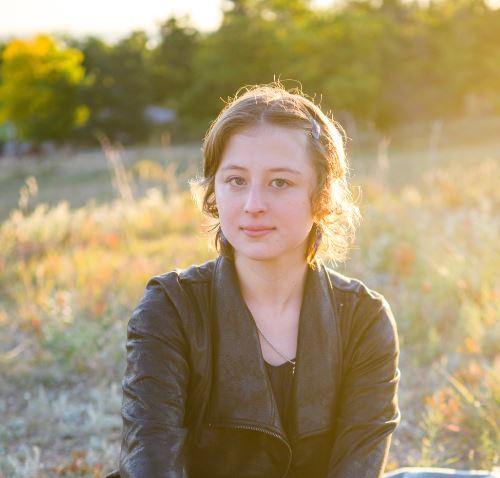
Sarah was born in Boulder, but moved to Connecticut when she was two months old and then moved back to Boulder in 2012. She is a student at Boulder Valley School District’s Transitions Program, which is a program for young adults ages 18 - 21 who have an Individualized Education Program and are moving toward living independently and joining the workforce. The disability community is a big part of her life and accessibility for people with visible and invisible disabilities is important to her.
In her free time, she participates in Special Olympics swimming, skiing and gymnastics. She also participates in BPR’s EXPAND programs, is part of a running team and volunteers at Whittier International Elementary. She loves cooking, theater and singing.
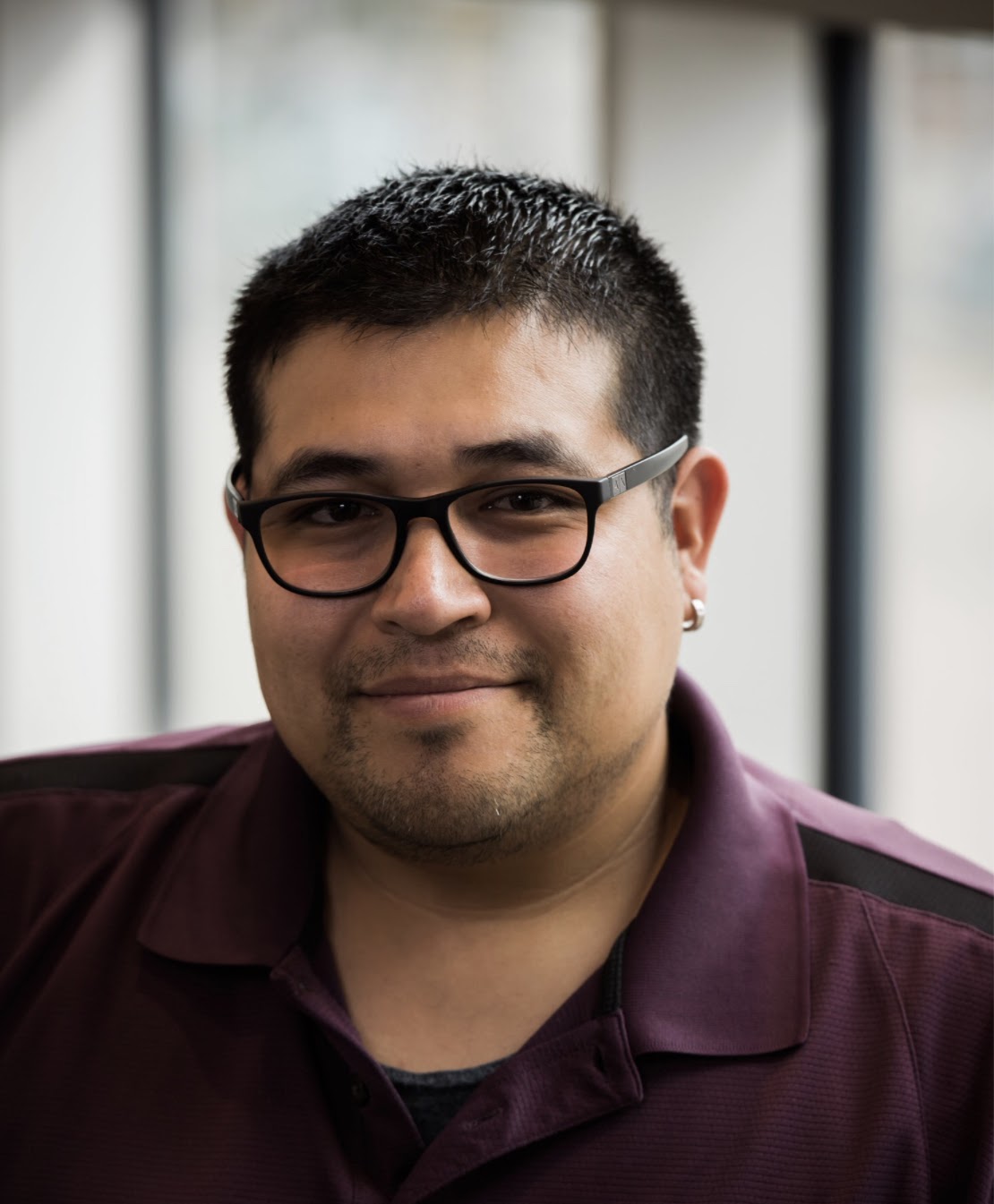
Bernardo is from Ciudad Juarez, Mexico. He has lived in Boulder since 1993. He always tries to maintain his Mexican roots as a part of his and his children’s lives. He always tries to have the best interests of his family and his community.
As a small business owner, Bernardo helps those in his community so that we can all share a safe and fun environment. In his spare time, he likes to teach Chromebook classes to those in need of learning.
He loves to spend time with his family going on walks and doing activities such as swimming, riding bikes and going to the local library to read, and cooking.
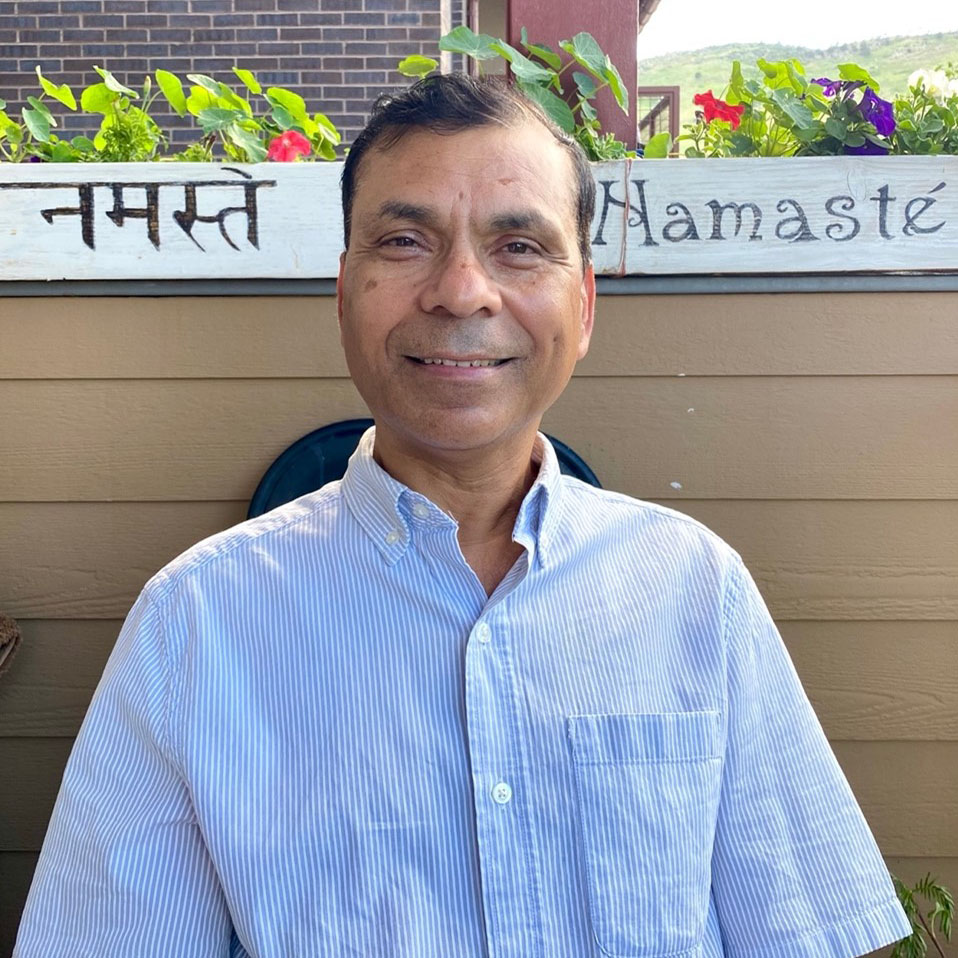
Paras Lamsal was born in Nepal. Throughout his life, he has always maintained a strong connection to his Nepali heritage. He used to work as a translator, which not only allowed him to bridge language barriers, but also helped me deepen his connection with the Nepali community around Boulder.
In his free time, Paras enjoys hiking, reading and bird watching, which allow him to explore the beauty of nature while expanding his knowledge and appreciation for the world around him.
Community Engagement
Engagement Window #2 (March – April 2024)
To further define the park design, recommended park name and opportunities to improve access to and from the park, the second round of community engagement included:
Community connectors for this project met with other citywide community connectors to discuss and refine upcoming engagements on March 2.
Staff and partners met with preschoolers at the Boulder Journey School.
Staff and partners hosted a focus group for mental health professionals to discuss how the future park can maximize the mental health benefits of being outside on March 14.
On Saturday, March 16, Community connectors, staff and partners hosted a community gathering at Crest View Elementary with food, fun, and a chance to create weigh in on design ideas, name ideas and access challenges for the future of this neighborhood park. The information provided at this meeting is available by request.
Staff tabled at North Boulder’s First Friday arts event on April 5.
On April 24, staff, partners, and community connectors hosted a community roll ‘n stroll audit to identify needed improvements in the area surrounding the park to create safer, accessible connections to and from the park for pedestrians, cyclists, and people with disabilities.
Staff tabled at Crest View Elementary School’s Spring Fling to play games and talk with students and families about the future park and improvements to Crest View Park.
Engagement Window #1 (July – September 2023)
To elevate ideas and input from residents in the Boulder Meadows and Ponderosa manufactured home communities, the first round of community engagement included:
- Facilitating four workshops with youth participants in the BPR Youth Services Initiative team’s Get Fit Program, most of whom live in Boulder Meadows.
- Attending two neighborhood block parties held by residents in Boulder Meadows and Ponderosa.
- High-school interns talking to 32 community members about the project at North Boulder Recreation Center.
- Hosting an early childhood gathering in the park with Spanish- and Nepali-speaking children and their caregivers.
- Hosting a community event on-site with pop-up play opportunities, music, and chalkboards for community members to capture their hopes and ideas for the future park.
- Community connectors hosting two informal gatherings on their own to reach Latino and Nepali community members.
- Attending two events for the forthcoming North Boulder Library branch to confirm major themes that arose during previous events.
What We’ve Heard
During the second window of community engagement, the community shared:
Excitement for a new name: Primos Park. After brainstorming with neighborhood YSI kids and their families, the community voted on this name at the March 16 gathering. Primos means cousins in Spanish and reflects the community's hope of gathering in the park with family and friends. The Parks and Recreation Advisory Board (PRAB) will vote on this recommendation at the June PRAB meeting.
Continued love for nature in the design concepts as well as community gathering spaces, accessibility, food trucks and other amenities. Following this window the design concepts will evolve in response to the input, resulting in a preliminary, preferred site plan to be shared back with the community in early summer.
Challenges with access to and from the park including vehicle speeds and a lack of sidewalks or bike lanes along Violet Avenue and an eagerness to start to address some of these challenges through small community Early Action this summer as funded partially by a grant from Safe Routes to Parks.
During the first window of engagement, several community values emerged as strong themes that will guide the project through to completion:
- Loving nature
- Community gathering
- Food, arts, and culture
- Free play
- Accessibility
- Disaster readiness and resilience
- Wellness and mental health
Youth and community members also shared which recreation activities they would most like to enjoy in the future park. These activities will also drive design, so the future park is a place neighbors frequent and feel like they belong.
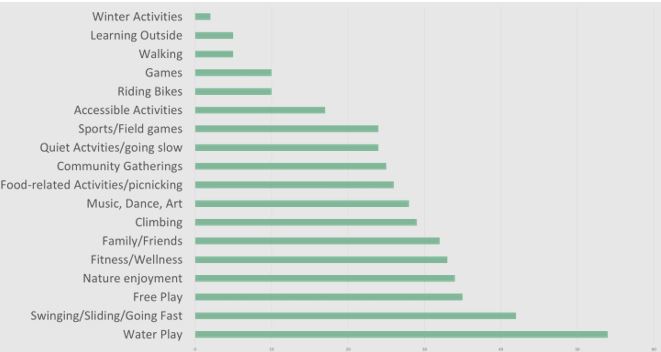
Text Description: The graphic above lists feedback received on the following possible activities in order of least popular to most popular.
- Winter Activities
- Learning Outside
- Walking
- Games
- Riding Bikes
- Accessible Activities
- Sports/field Games
- Quiet Activities/Going Slow
- Community Gatherings
- Food-related Activities/Picnicking
- Music, Dance, Art
- Climbing
- Family/Friends
- Nature Enjoyment
- Free Play
- Swinging/Sliding/Going Fast
- Water Play

